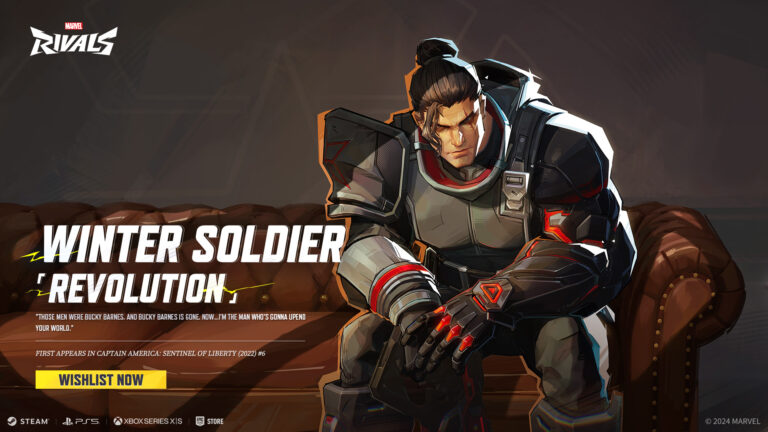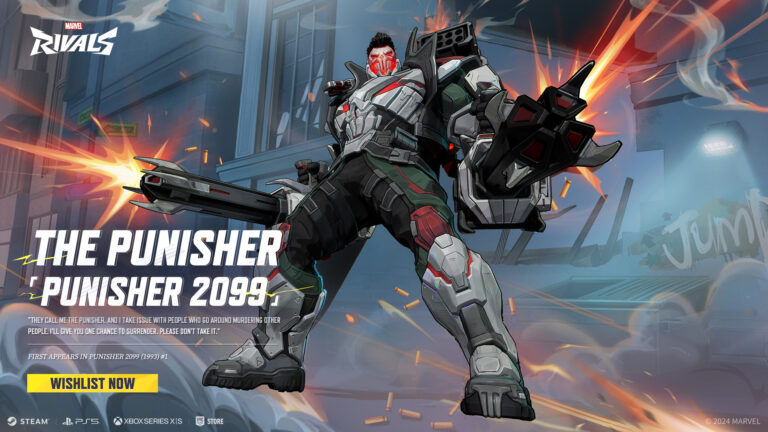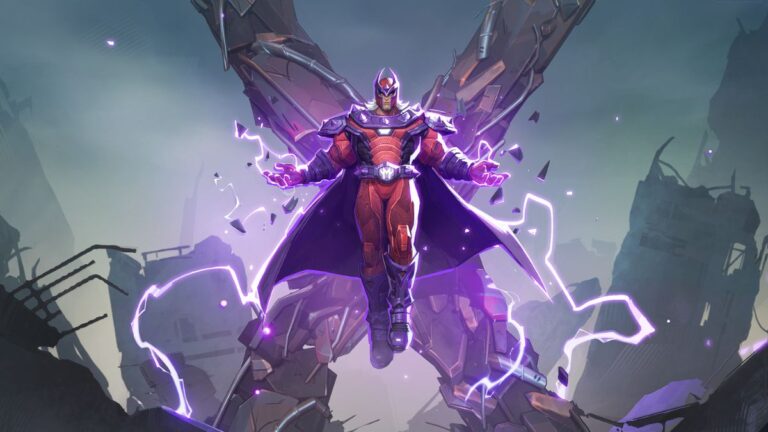Table of Contents
With the launch of Marvel Rivals, many players are trying out the game for the first time. Whether you are playing solo or as a group, it is important to know what roles need to be filled to create a strong team. In this article, we will break down the best ways to structure teams in Marvel Rivals.
Why Does Structure Matter
Like all Hero shooters, Marvel Rivals is balanced around 3 class types:
- Duelist (dps or attacker)
- Vanguard (tank)
- Strategist (healer)
Each of these classes serve a specific role in the game, making each of them very crucial to every team. For example, let's say you have a team of 6 duelist. On the one hand, you have a crazy amount of fire power. The drawback though is duelist have fairly low health, making them easier to kill. Without a Vanguard, you don't have a high health target to protect you. Without a strategist, you don't have a way to recover from a firefight. This means a team of 6 duelist will be much more likely to get squad wiped, letting the enemy team push deeper into their objective.
A healthy team comp will utilize each of the 3 roles. This ensures your team has all of the tools the game intends for you to use in every match. To best utilize each class, there is a strong team comp structure you can use:
The Classic Structure
Rivals seems to be balanced around a specific team comp in mind. We will refer to this as the classic structure as a baseline for every game you play. The layout is as follows:
- 2 Vanguard
- 2 Duelist
- 2 Strategist
This even spread gives you flexibility throughout the match. If one of your Vanguard dies, you have a second Vanguard to protect the team while your first one respawns. The same idea applies to the other 2 classes.
This structure also allows you to split up into 2 units. This let's your team push from 2 different routes without giving up on any classes. Splitting up can also better protect the team from getting bottlenecked at objectives, or become too clustered that a well placed ultimate can wipe the entire team.
If you are playing solo and want to know which character is best for your team, pay attention to this structure. If you already have 2 Vanguard and 2 Strategist, the team could really use a duelist to help dish out some strong damage. Without that duelist, your team may struggle to output enough damage to make tanking worth it. Your Strategists can keep the Vanguard alive, but not forever.
Once Marvel Rivals goes live, we will bring you up to date characters that synergize best in this structure!
The DPS Structure
While you don't want all 6 Duelists like we mentioned before, there are matches where you need to adapt to the match and bring in more firepower. In these situations, you want to use this structure:
- 1 Vanguard
- 3 Duelists
- 2 Strategist
If the enemy team is focusing a lot on healing their tanks, you may need this team structure to break through their defenses. You don't need as much tanking since they aren't using as much firepower, so you can put the pressure on them by adding more damage. You still want some protection, so you keep that 1 Vanguard to provide an actor for the team.
You may also want to use this structure if you need to put pressure on an objective and push. It may struggle a lot more at trying to maintain a hold on an objective, so you don't want to default to this every game. You want to analyze the match and see if more damage output is needed. If so, swap to this team structure.
The Fortified Structure
You would think that the best way to lock down an objective is to bring extra Vanguard. A lot of times, this means you either lack damage output, or lack enough healing. To really keep a threatening barrier up, use this structure:
- 2 Vanguard
- 1 Duelist
- 3 Strategist
Unlike other hero shooters, Rivals gives their healer class a solid amount of firepower. This let's them be more involved in the action and be less passive, making them more attractive to play. Due to this, you can afford to bring a 3rd Strategist to your team.
With all of those healing options, you can make your Vanguard almost indestructible. This works great for objectives that you need to lock down, like a king of the hill capture point. Once you have control, let your Vanguard post up and your Strategist keep them alive. Your single duelist can flank the enemy team while they are focused on breaking through your defenses.
Wrap Up
If you keep in mind these three structures, you can keep a good team comp, as well as adapt to different situations. You will notice an uncoordinated team will often be very heavy on Duelist since everyone wants to be damage dealers. While it sounds fun, a good steam structure will shut down a bunch of Duelists with ease.
Be sure to check out our best team comp rankings once the game goes live! This can take your comp structures to the next level by optimizing for synergies and top characters.









